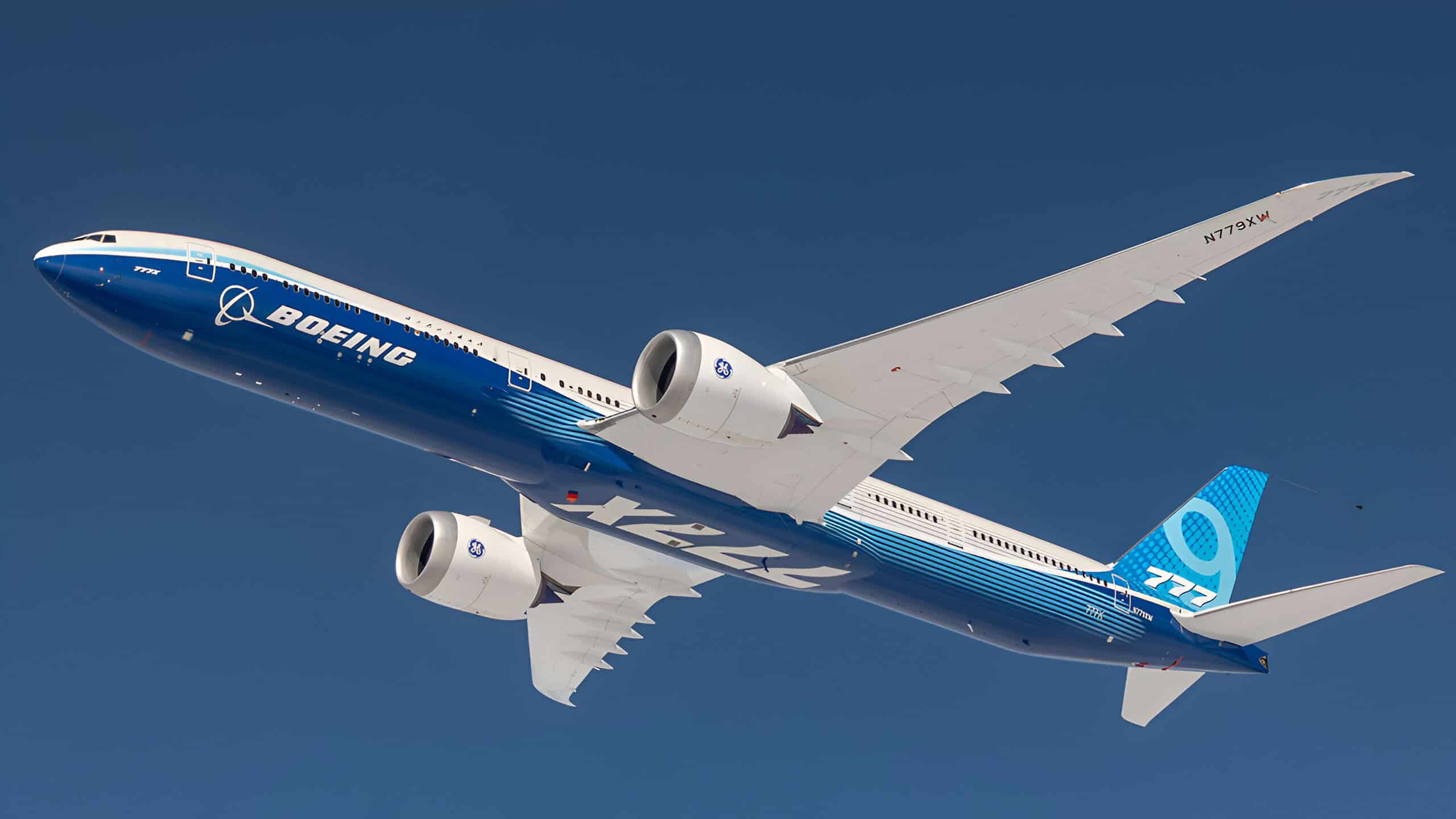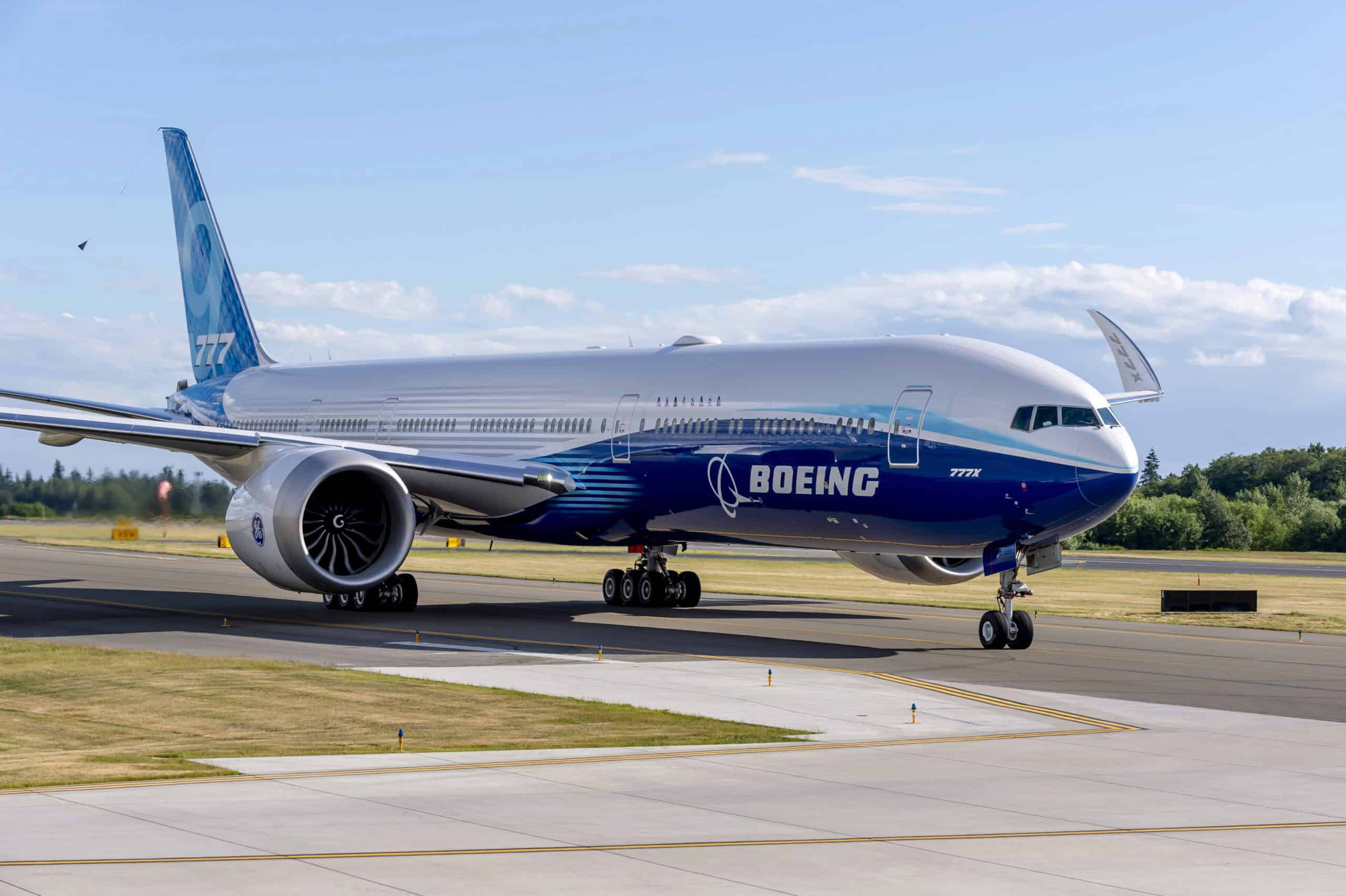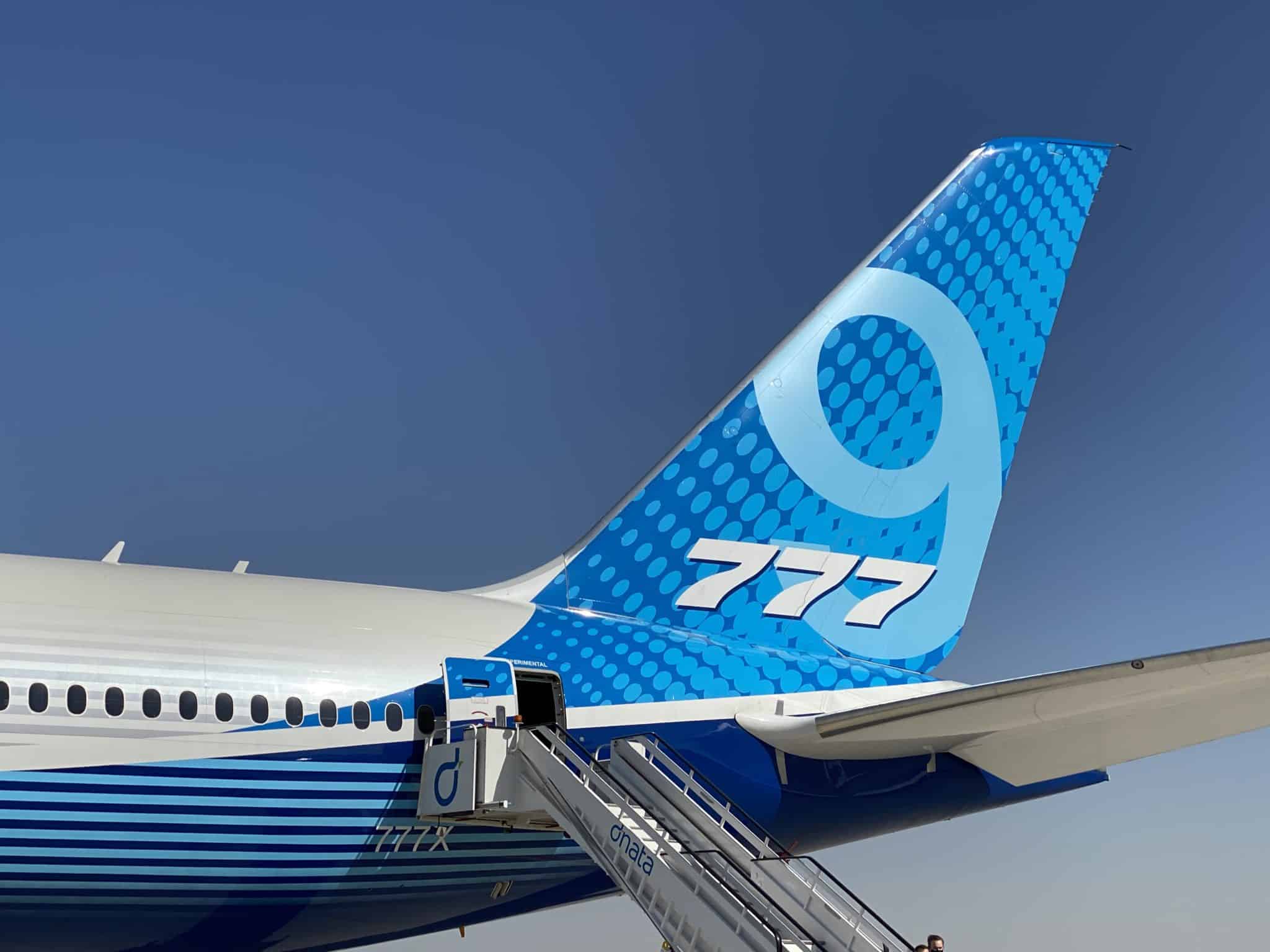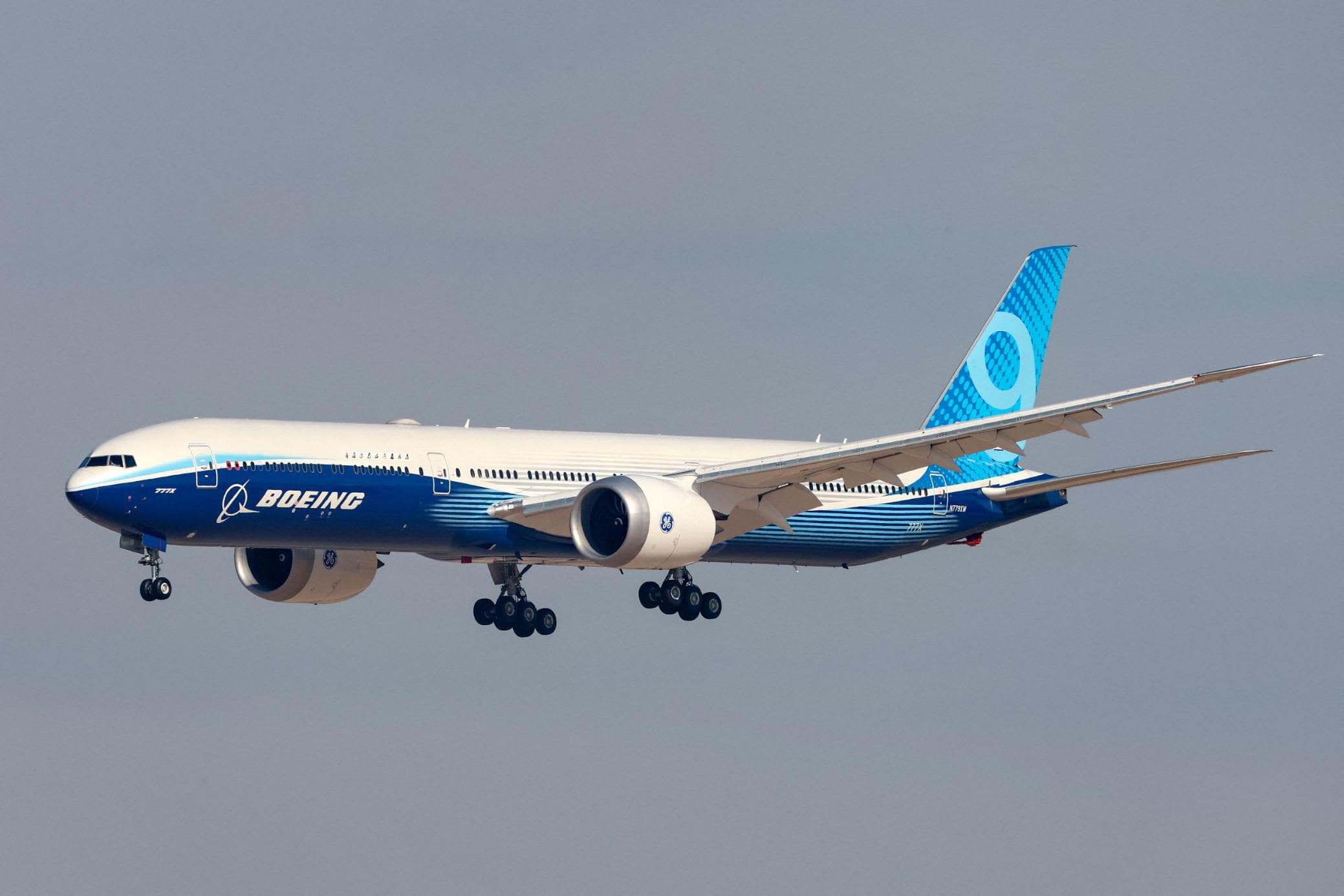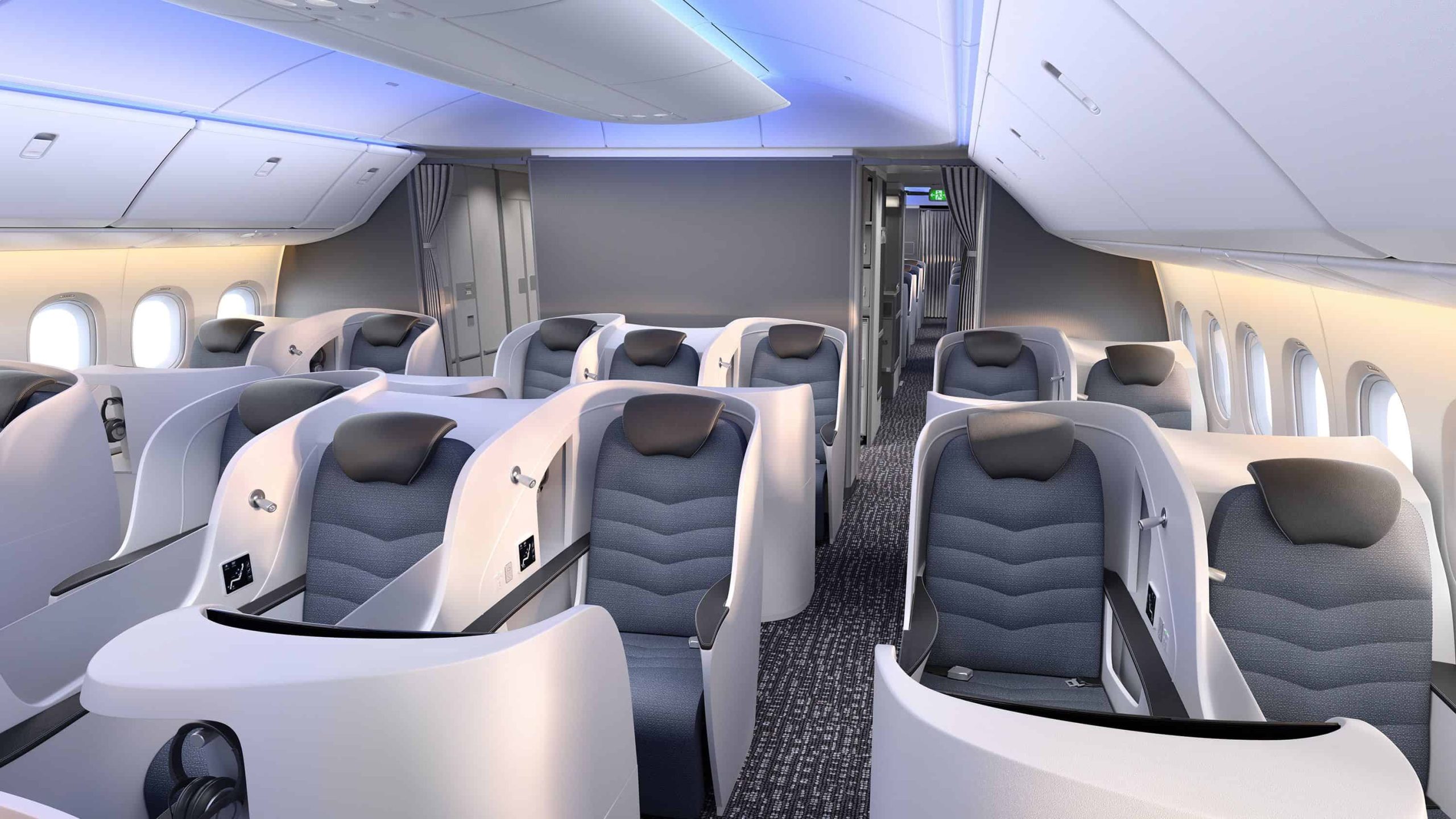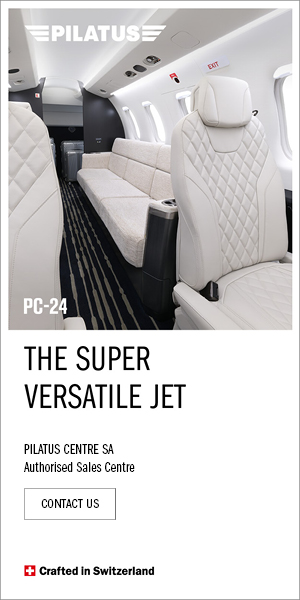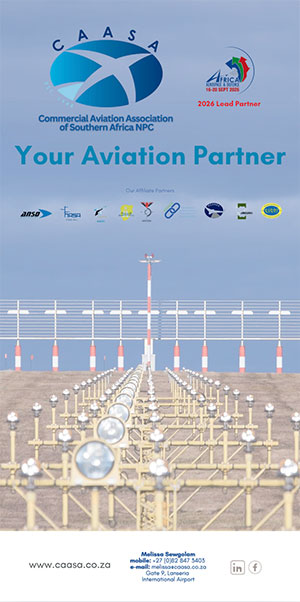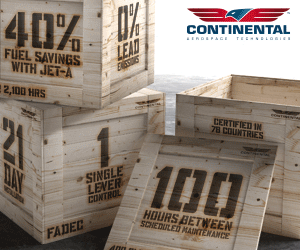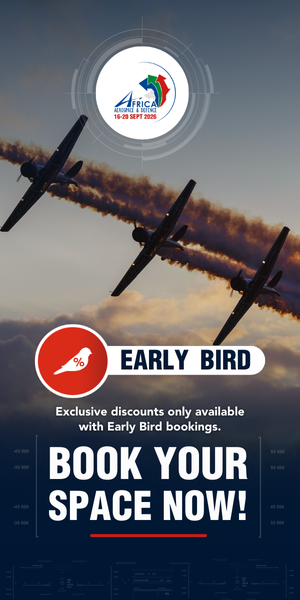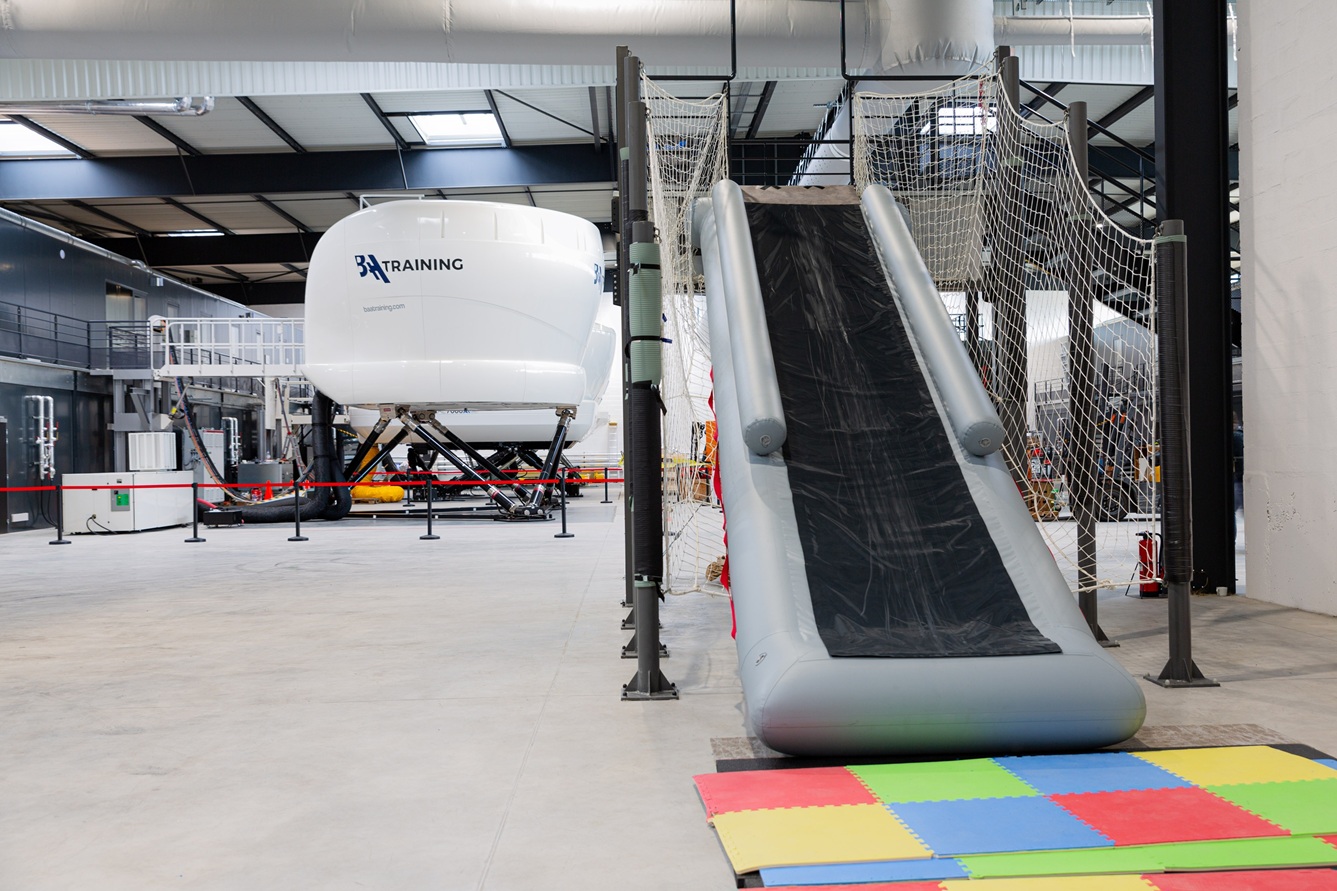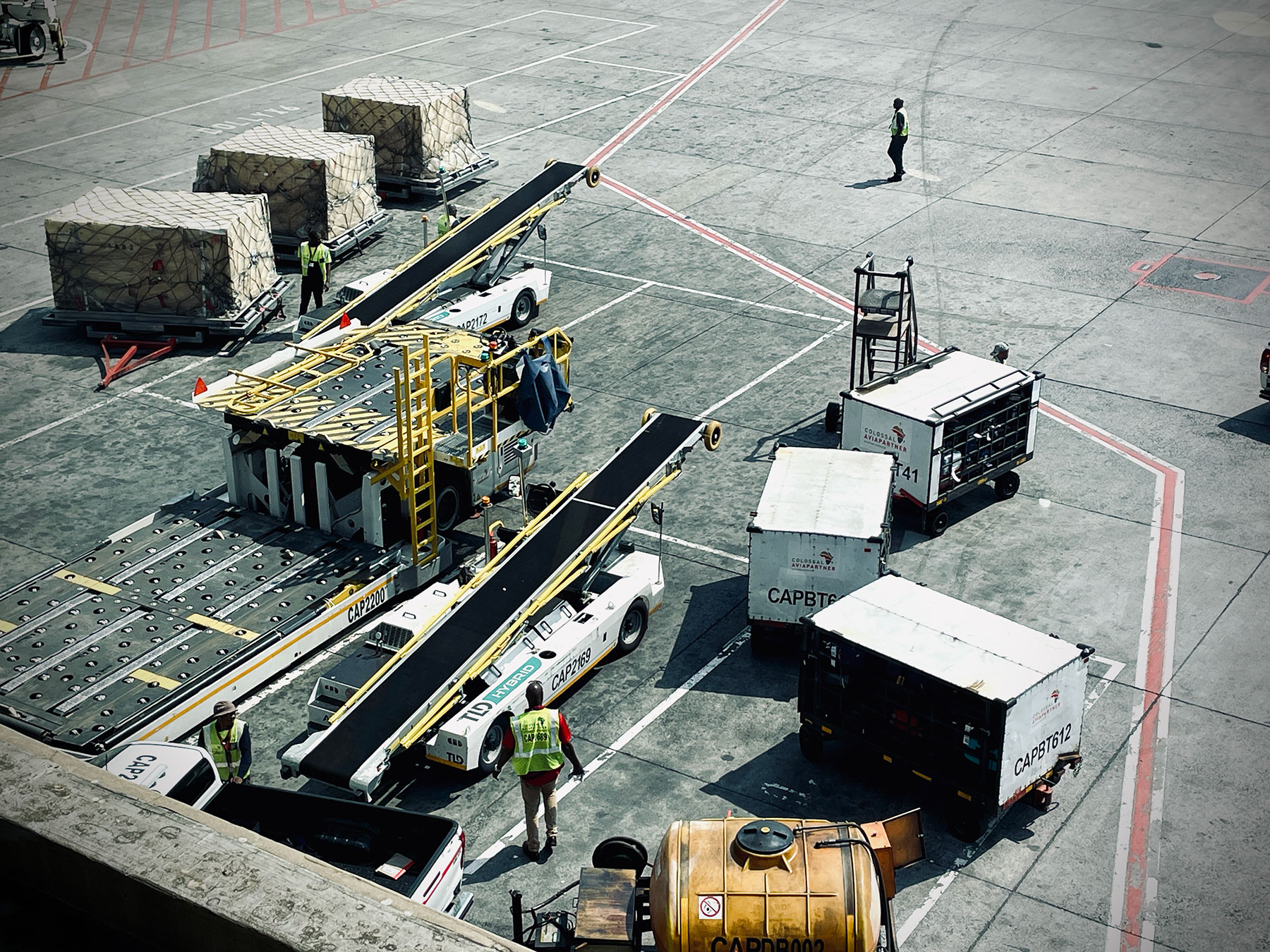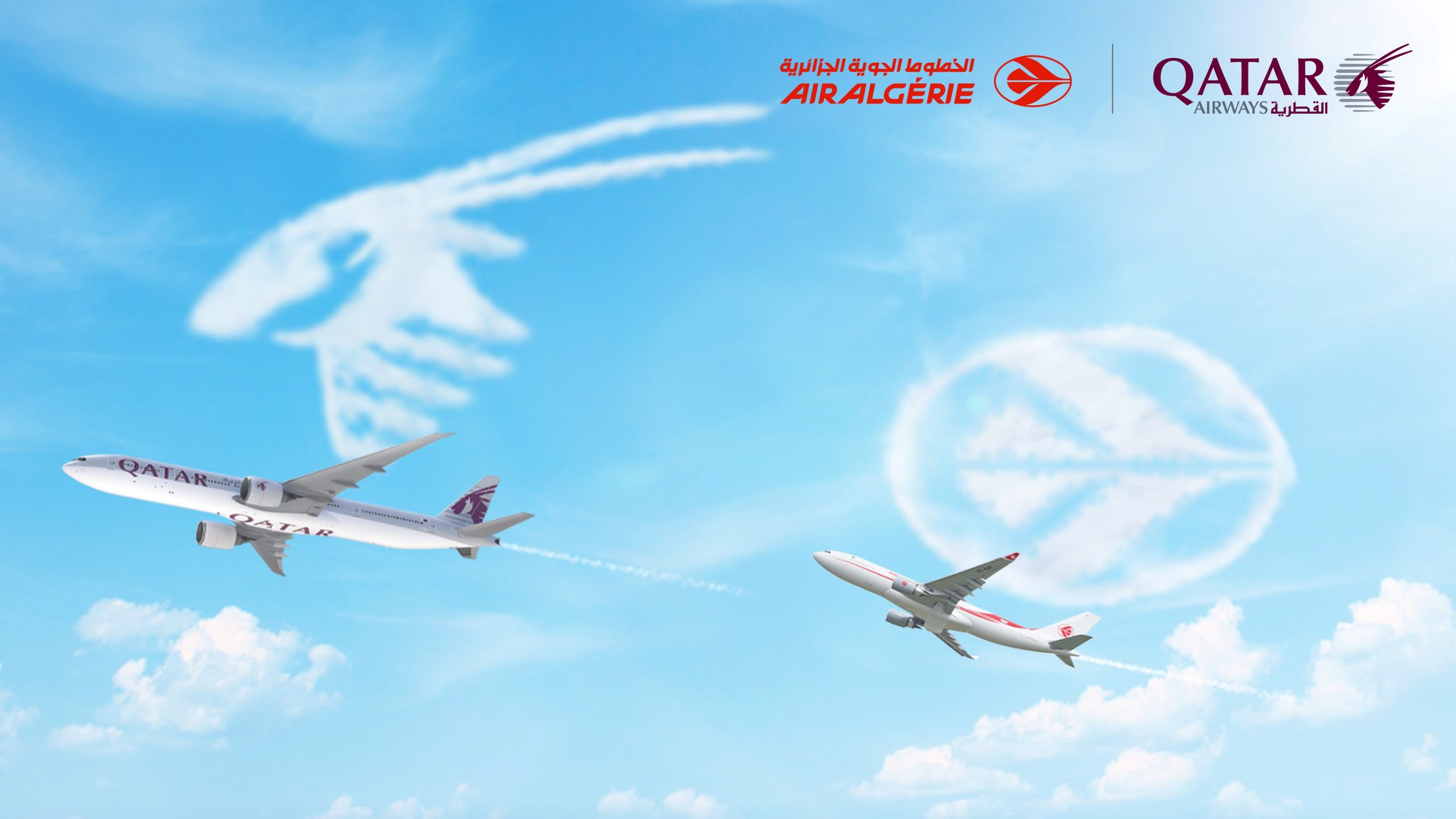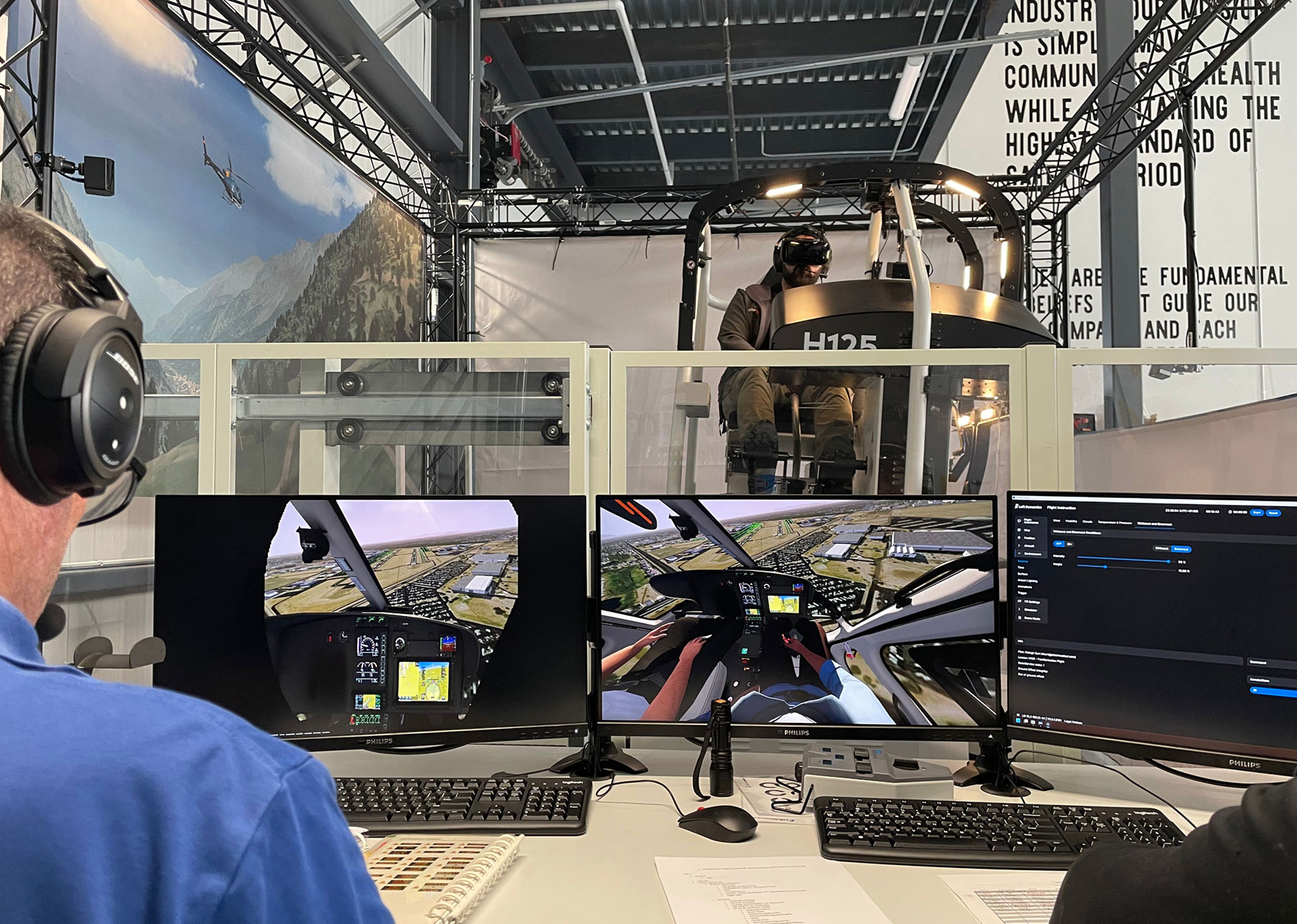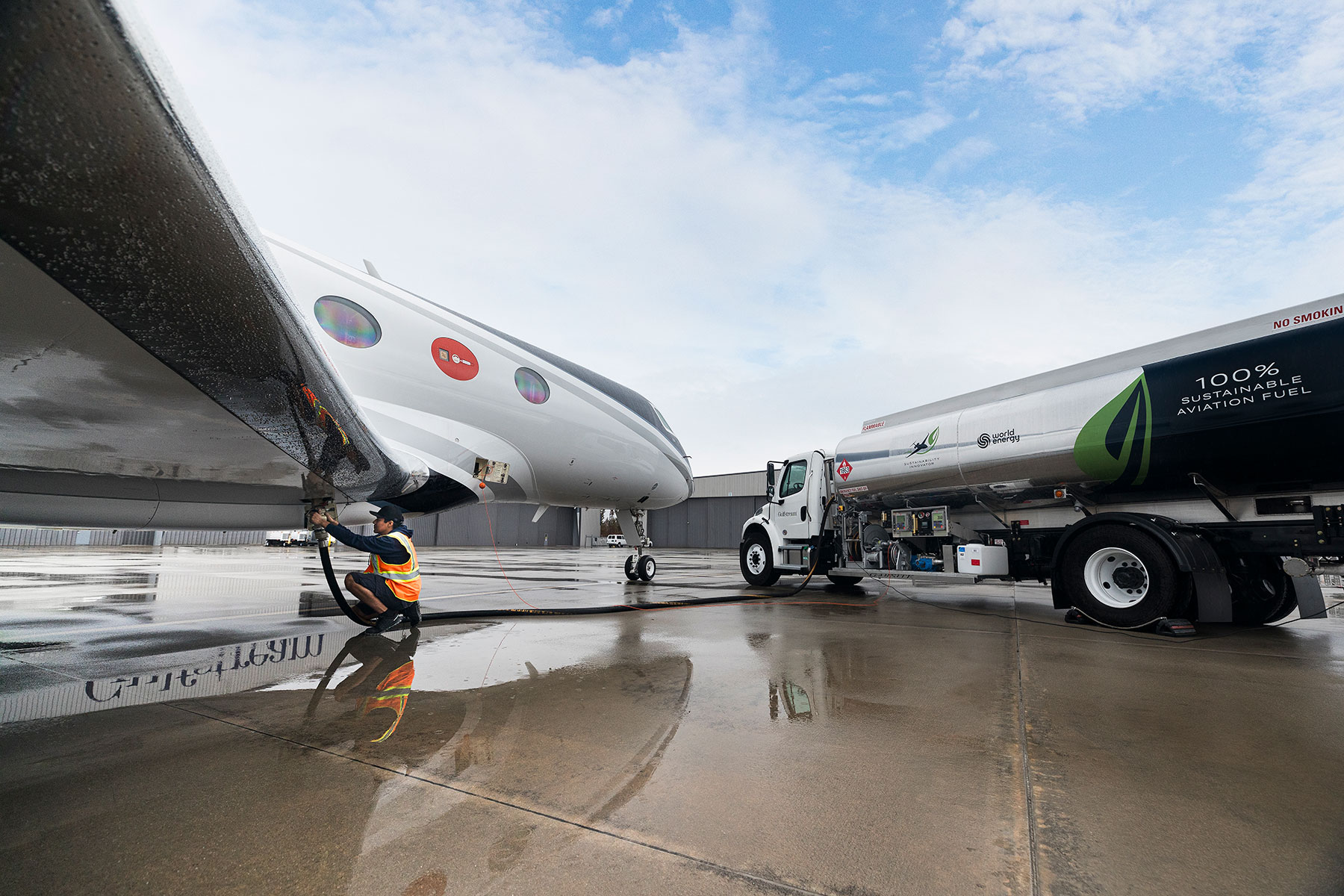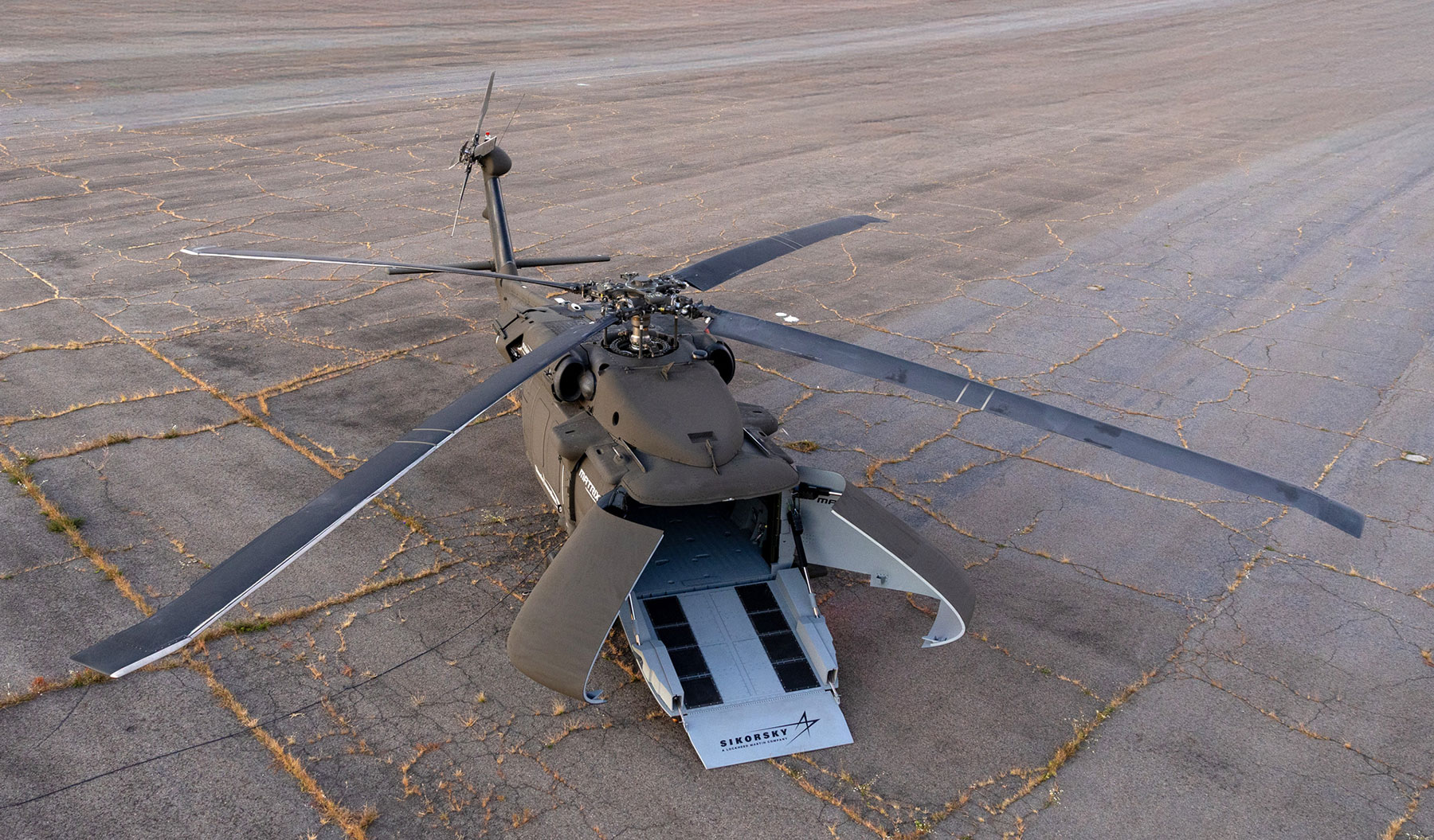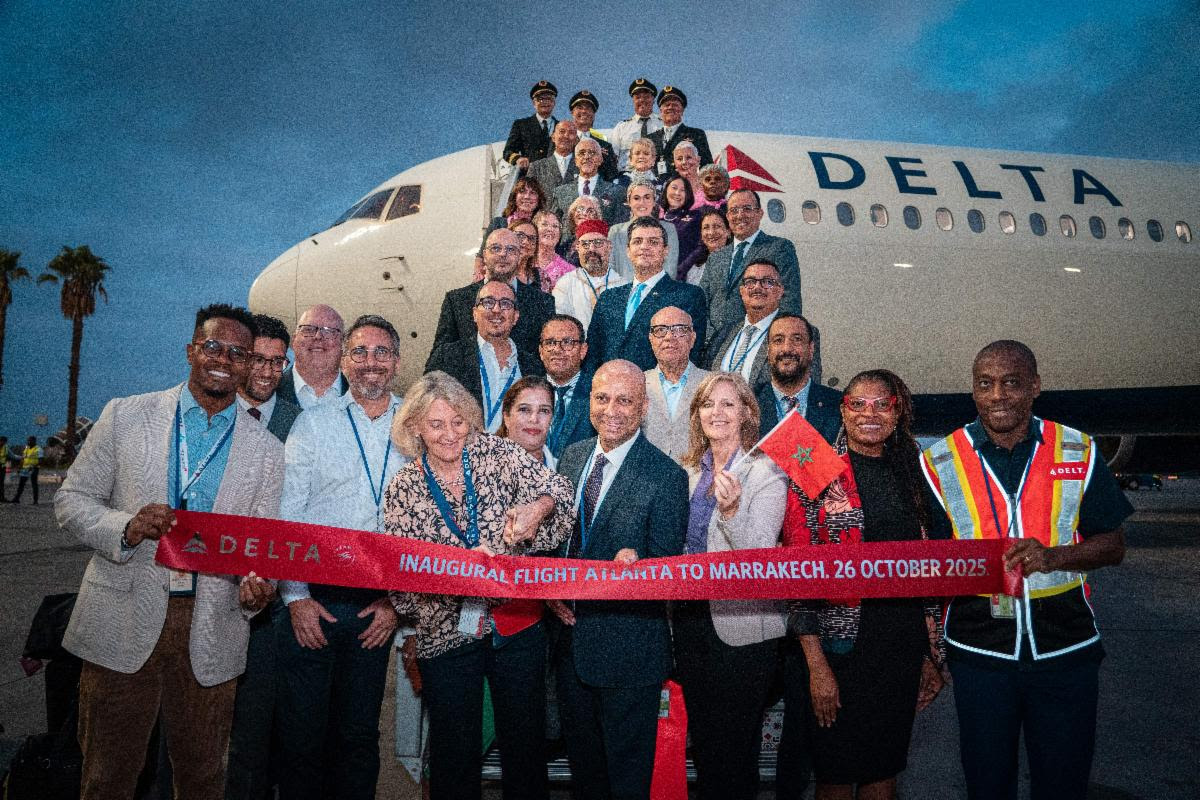The 777-9 variant was announced in November 2013 at the Dubai Airshow, the most significant product launch in commercial jetliner history by dollar value and expanded the family in 2022 by launching the new 777-8 Freighter with Qatar Airways, the most significant freighter commitment by dollar value in Boeing history. The 777-8 variant can seat 384 passengers in a two-class configuration, whilst the 777-9 can hold as many as 426 passengers.
Based on the 777 and with advanced technologies from the 787 Dreamliner family, the 777X family is designed to maximise efficiency and environmental performance while providing an exceptional experience. Presently the 777X family has received more than 480 orders from leading customers around the globe. By this time the first deliveries of the 777X were supposed to have happened, but there have been delays due to the pandemic, Boeing’s ongoing troubles with the 737 and even some problems with the 777X during the design phase. In a recent conversation with Sir Tim Clark, President of Emirates Airline, Clark expressed his unhappiness with the delays caused by the 777-9 deliveries, causing the airline to refurbish older aircraft to increase lifespan. He also hinted Boeing should be footing the bill for these delays.
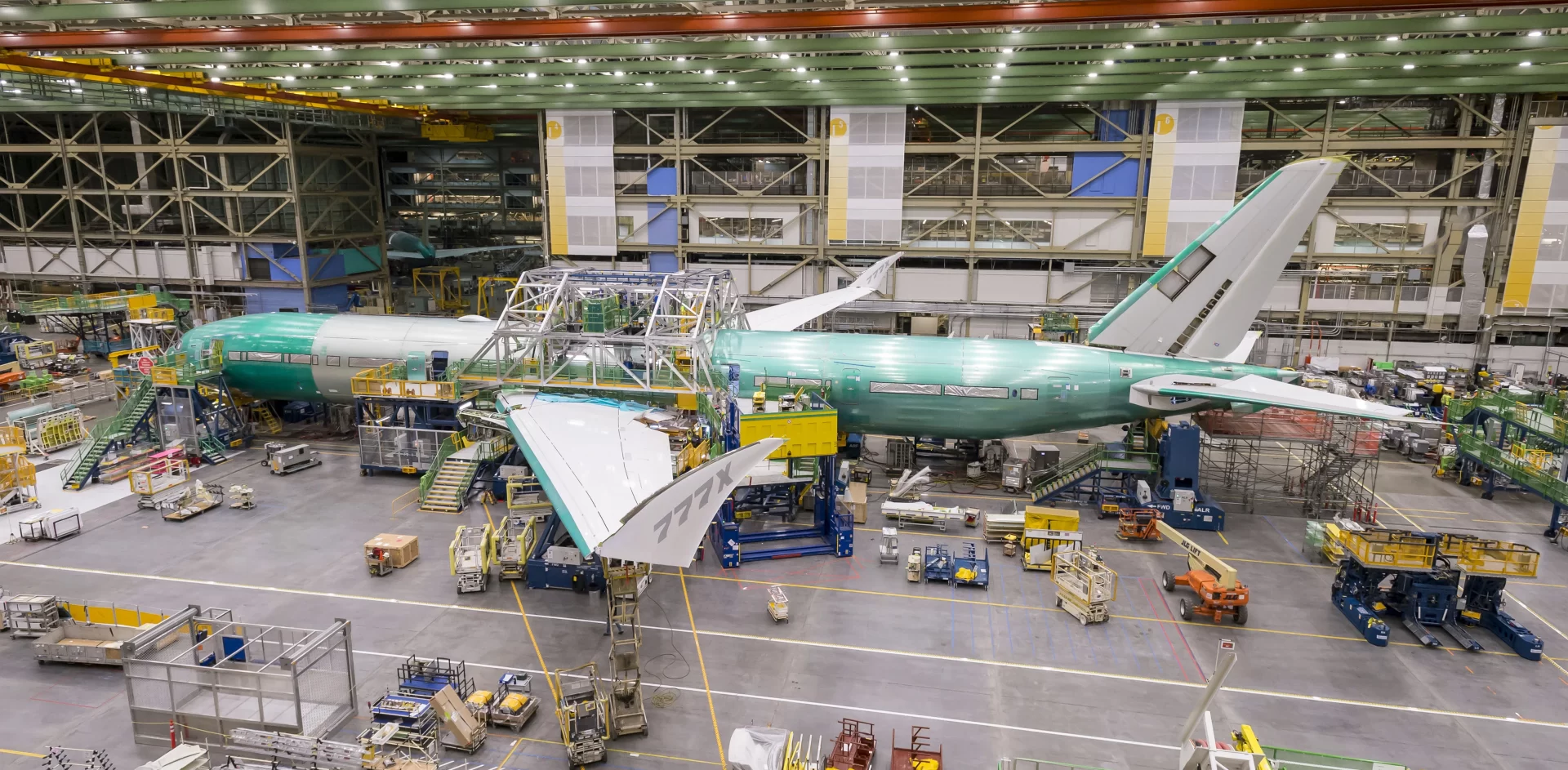
Flight testing
The first test flight took place on 25 January 2020 from Paine Field in Everett and ended at Boeing Field in Seattle after three hours and 52 minutes. The second 777X first flew on 30 April, by which point the first had explored the flight envelope for nearly 100 hours. After the first delivery was pushed back from 2021 to 2022, the third aircraft made its maiden flight on 3 August 2020 and is slated for avionics systems, APU, flight loads and propulsion performance tests. In January 2021, Boeing expected to add two more 777-9s to the test programme, aiming for certification in 2021.

In early 2021, the first delivery was pushed to late 2023. The delay was due to updated type certification requirements and the impact of the pandemic on aviation. On 27 June 2021, The Seattle Times reported on an FAA letter to Boeing dated May 13 delaying type certification until mid to late 2023, pushing deliveries to 2024. The FAA cited a serious test flight incident involving an ‘uncommanded pitch event’ and a lack of ‘design maturity’.
Once again Boeing delayed 777X deliveries in April 2022, this time to 2025. In November 2022, it was revealed that the GE9X engine on one of the four test 777-9s had suffered a technical issue on 6 October. Boeing subsequently paused the test programme while GE investigated the issue. By May 2024, launch customer Lufthansa was expecting its first deliveries in 2026. The same month Singapore Airlines expected its first deliveries to start in late 2025.
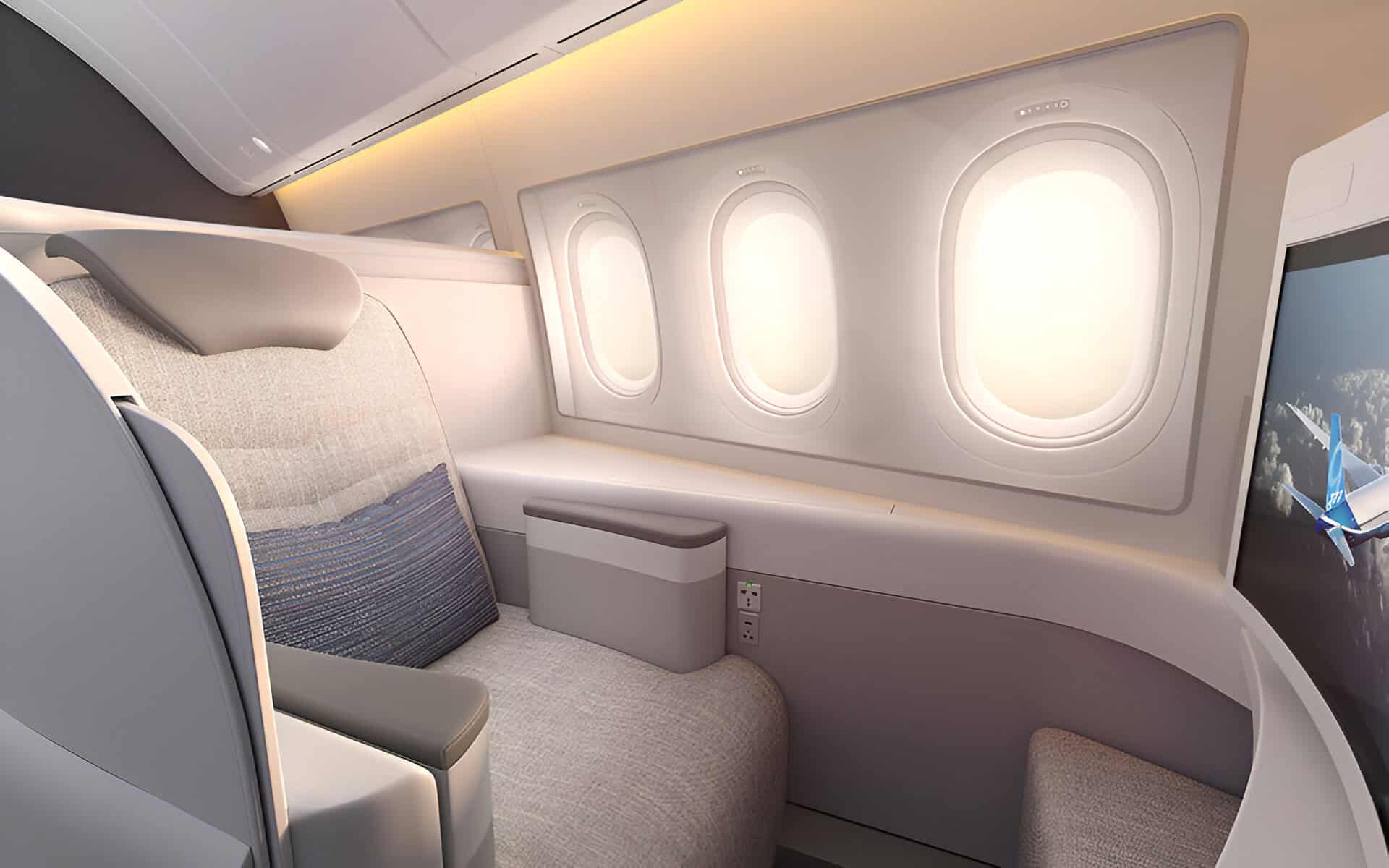

Certification flights start
Over the weekend of 13 July 2024, Boeing stated that it had launched certification flights of the 777-9, the first of the three versions it plans to certify. On a recent visit to the Boeing Everett Delivery Centre, media were briefed that Boeing had already filed the paperwork for the certification process to begin. Boeing was waiting for the Federal Aviation Administration’s (FAA) direction to receive its Type Inspection Authorisation (TIA), a document that signals the aircraft test flights for receiving authorisation are approved.
Boeing performed the first test flight for the type in 2020 and, since then, has conducted over 1200 flights lasting more than 3500 hours. This is when it requested the FAA for its TIA. Boeing currently has four aircraft that are being used to test various systems. “The FAA granted Type Inspection Authorisation to Boeing for its 777-9 after a shakedown flight with FAA inspectors aboard on Saturday. This certification test flight validates the aircraft’s safety, reliability and performance. We appreciate our regulator’s rigorous oversight and are grateful to our customers who have chosen the 777-9 for its efficiency, environmental performance and passenger comfort,” Boeing said in a press release.
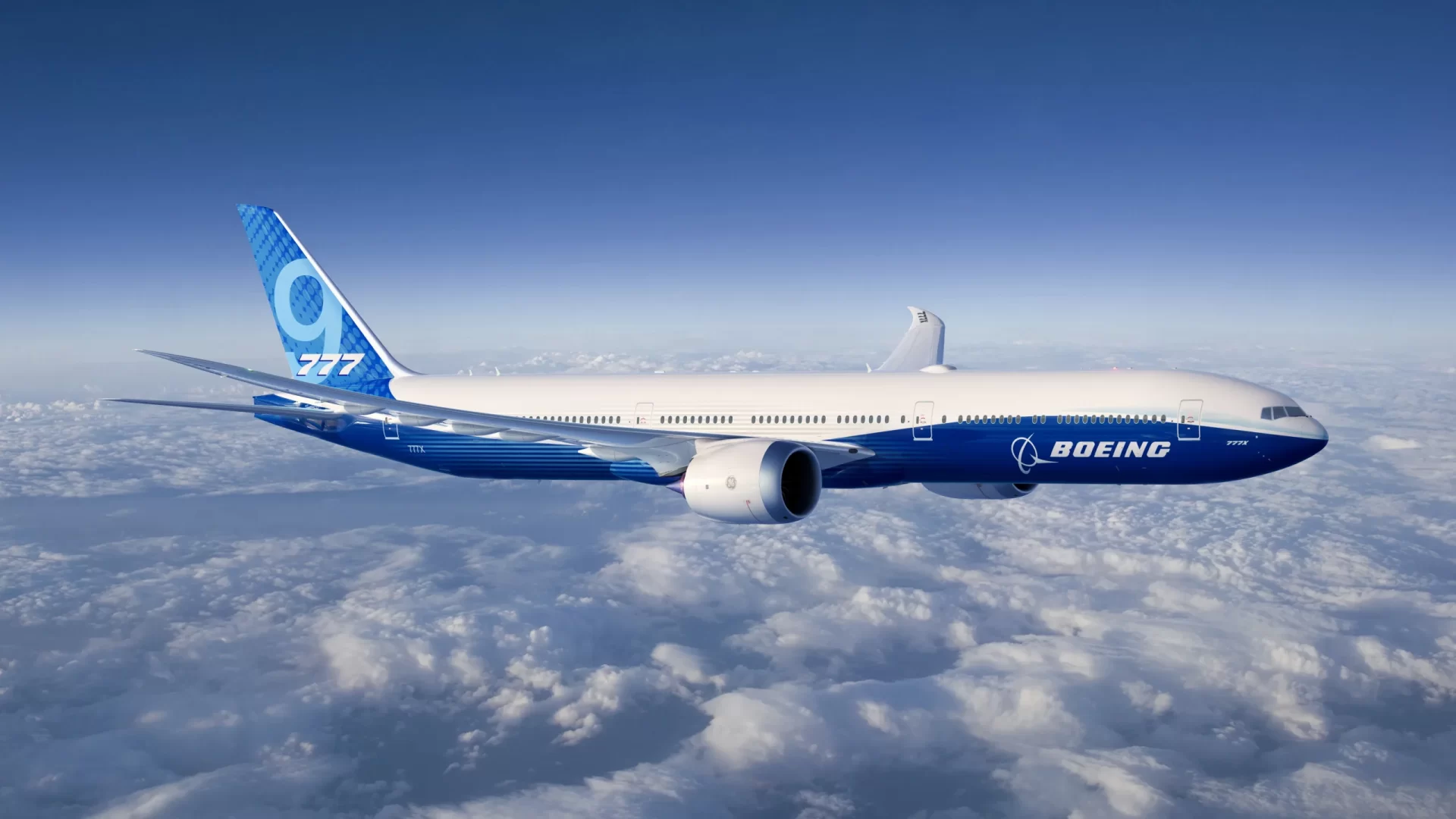
The airliner has been in the air for years with Boeing pilots aboard, accumulating 3,500 hours all over the world. In that time airlines have ordered 480 of the latest and likely final model of the 30-year-old design. Boeing is hoping to begin deliveries next year and the first aircraft is likely to go to Emirates, a long-time and enthusiastic operator of the type.
Third generation 777X
The rollout of the third generation Boeing 777X on 13 March 2019, featured composite wings with folding tips and more efficient GE-9X engines. In November 2013, with orders and commitments totalling 259 aircraft from Lufthansa, Emirates, Qatar Airways and Etihad Airways, Boeing formally launched the 777X programme, the third generation of the 777, with two models: the 777-8 and 777-9. The 777-9 is a further stretched variant with a capacity of more than 400 passengers and a range of over 8,200 nmi (15,200 km; 9,400 mi), whereas the 777-8 is slated to seat approximately 350 passengers and has a range of over 9,300 nmi (17,200 km; 10,700 mi). Both models are to be equipped with new generation GE9X engines and feature new composite wings with folding wingtips.
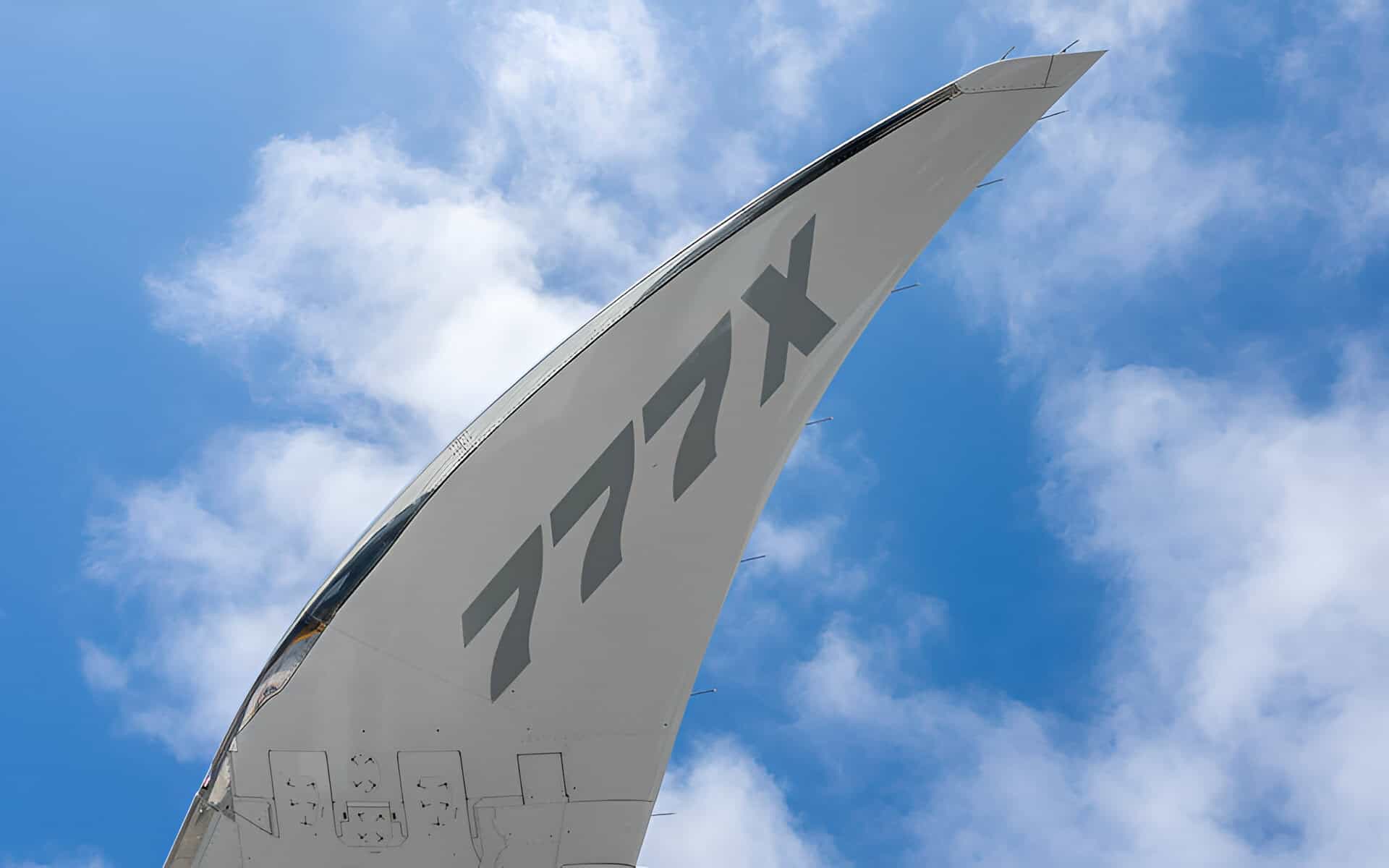
Boeing introduced several advanced technologies with the 777 design, including fully digital fly-by-wire controls, fully software-configurable avionics, Honeywell LCD glass cockpit flight displays and the first use of a fibre optic avionics network on a commercial airliner. Boeing made use of work undertaken on the cancelled Boeing 7J7 regional jet, which utilised similar versions of the chosen technologies. In 2003, Boeing began offering the option of cockpit electronic flight bag computer displays. In 2013, Boeing announced that the upgraded 777X models would incorporate airframe, systems and interior technologies from the 787.
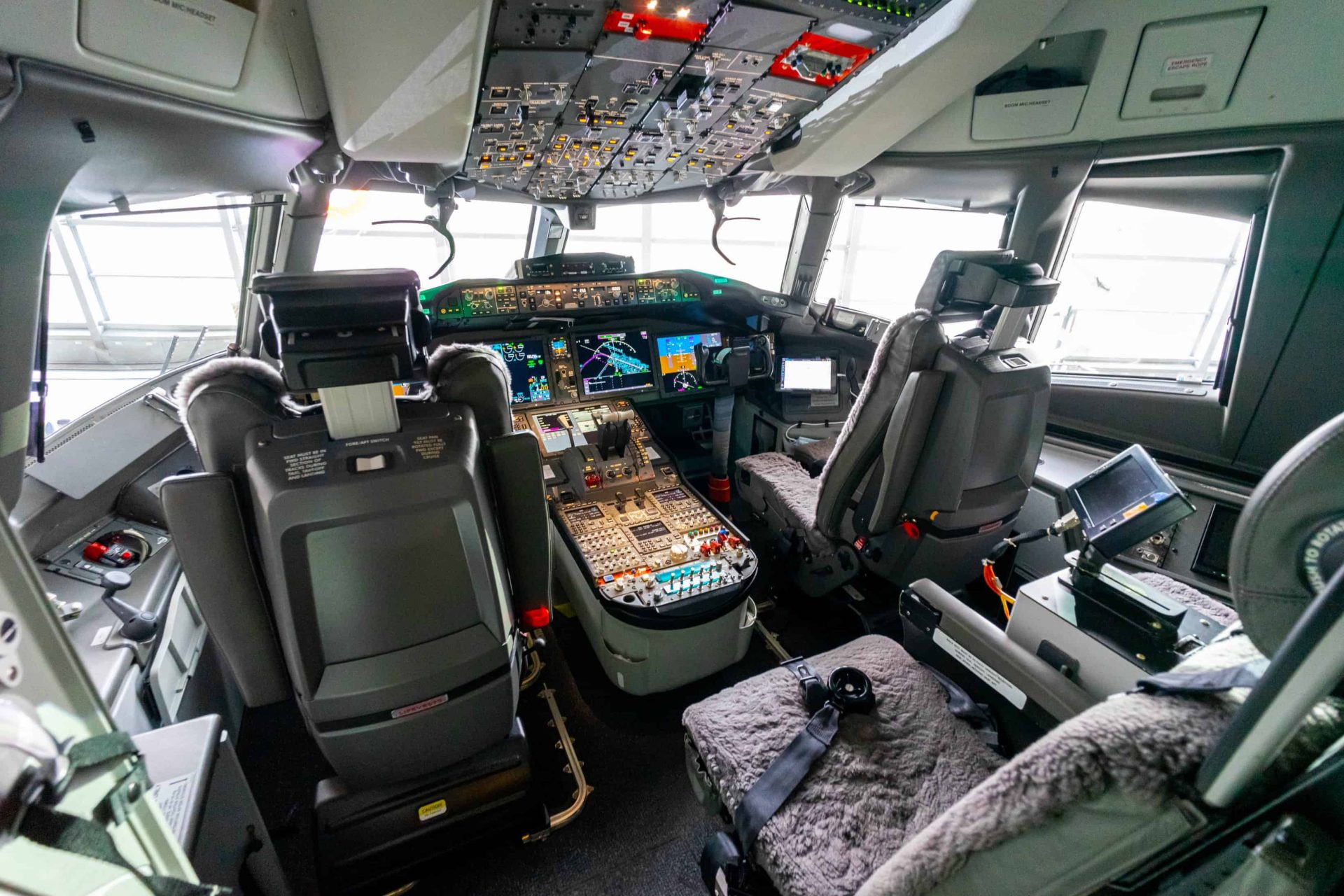
In designing the 777 as its first fly-by-wire commercial aircraft, Boeing decided to retain conventional control yokes rather than change to sidestick controllers as used in many fly-by-wire fighter aircraft and in Airbus airliners. Along with traditional yoke and rudder controls, the cockpit features a simplified layout that retains similarities to previous Boeing models. The fly-by-wire system also incorporates flight envelope protection, a system that guides pilot inputs within a computer-calculated framework of operating parameters, acting to prevent stalls, overspeed and excessively stressful manoeuvres. This system can be overridden by the pilot if deemed necessary. The fly-by-wire system is supplemented by mechanical backup.
The airframe incorporates the use of composite materials, accounting for nine percent of the original structural weight, while the third-generation models, the 777-8 and 777-9, feature more composite parts. Composite components include the cabin floor and rudder, with the 777 being the first Boeing airliner to use composite materials for both the horizontal and vertical stabilisers (empennage). The main fuselage cross-section is fully circular and tapers rearward into a blade-shaped tail cone with a port-facing auxiliary power unit.
The wings on the 777 feature a supercritical airfoil design that is swept back at 31.6 degrees and optimised for cruising at Mach 0.83. The wings are designed with increased thickness and a longer span than previous airliners, resulting in greater payload and range, improved take-off performance, and a higher cruising altitude. The wings also serve as fuel storage, with longer-range models able to carry up to 47,890 US gallons (181,300 L) of fuel. In 2013, a new wing made of composite materials was introduced for the upgraded 777X, with a wider span and design features based on the 787’s wings.
Folding wingtips reemerged as a design feature at the announcement of the upgraded 777X in 2013. Smaller folding wingtips of 11 feet (3.35 m) in length will allow 777X models to use the same airport gates and taxiways as earlier 777s. These smaller folding wingtips are less complex than those proposed for earlier 777s and internally only affect the wiring needed for wingtip lights.
The aircraft features the largest landing gear and the biggest tyres ever used in a commercial jetliner. The six-wheel bogies are designed to spread the load of the aircraft over a wide area without requiring an additional centreline gear. This helps reduce weight and simplifies the aircraft’s braking and hydraulic systems.
